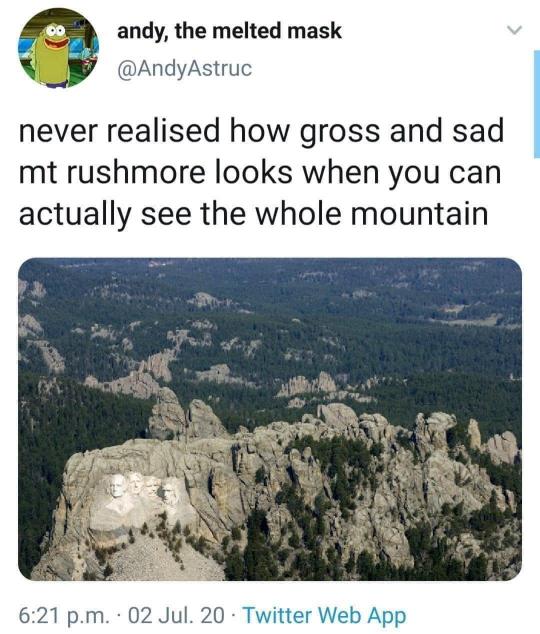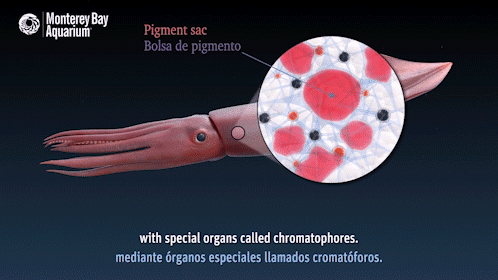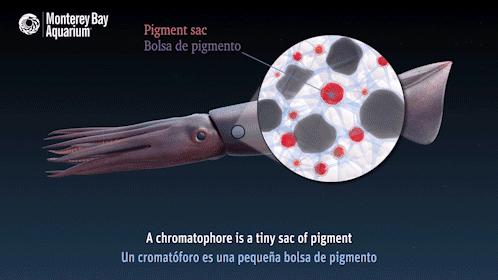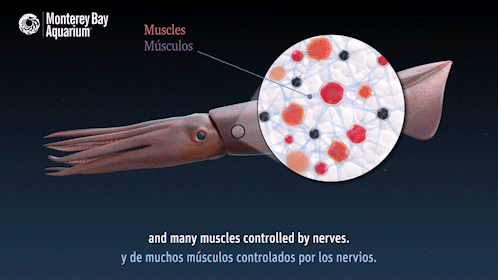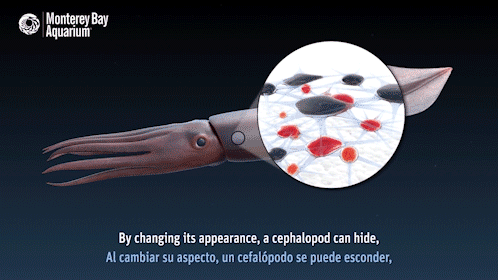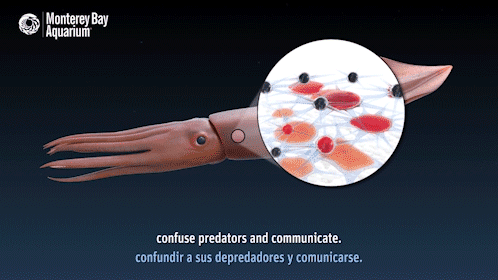Text
just david dancing to spice up your life if u even care btw
7K notes
·
View notes
Text
The Doctor loves moles
2005 Children in Need Special
2023 60th Anniversary Special - The Giggle


19 notes
·
View notes
Text
Can we talk about our hero Kate Lethbridge-Stewart and the courage and vulnerability it takes to turn off the zeedex, not knowing what bias and hatred and emotions were going to come, willing to put that on display for the whole room? 👏🏼
63 notes
·
View notes
Text
I love the inference that because the doctor has been taking people on trips without others noticing, they’ve gotten much better at steering the Tardis, and at avoiding trouble and major historic events.
4 notes
·
View notes
Text
I’ve been watching so much Doctor Who and Staged etc. that I’ve tricked my brain and now have dreams that I’m best friends with Georgia Tennant.
17 notes
·
View notes
Text


Jimbo
Doctor Who 1x02 The End of the World
38 notes
·
View notes
Text
I mean, the tardis is wheelchair accessible now…
12 notes
·
View notes
Text
Back while 10 was the doctor, I absolutely adored him and watched over and over. The stoicism and heroism were admirable. Watching those same episodes now, I also notice the times when a conversation was avoided, an emotion was averted, and answer was sidestepped, and I absolutely adore him, but it feels a bit like behaviors from an emotionally unavailable ex.
What a treat to get this older, wiser, warmer, openly loving doctor to admire now that we’re grown up too.
20 notes
·
View notes
Photo


If anyone is looking to volunteer in Lebanon, there is a need for pizza cheese professionals.
#pizza#pizza cheese#international pizza#volunteering#volunteer#travel#lebanon#that pizza dough#cheesy#cheesy goodness#say cheese
7 notes
·
View notes
Link
6 notes
·
View notes
Text
Cassini Mission: What’s Next?
It’s Friday, Sept. 15 and our Cassini mission has officially come to a spectacular end. The final signal from the spacecraft was received here on Earth at 7:55 a.m. EDT after a fateful plunge into Saturn’s atmosphere.

After losing contact with Earth, the spacecraft burned up like a meteor, becoming part of the planet itself.

Although bittersweet, Cassini’s triumphant end is the culmination of a nearly 20-year mission that overflowed with discoveries.
But, what happens now?
Mission Team and Data
Now that the spacecraft is gone, most of the team’s engineers are migrating to other planetary missions, where they will continue to contribute to the work we’re doing to explore our solar system and beyond.

Mission scientists will keep working for the coming years to ensure that we fully understand all of the data acquired during the mission’s Grand Finale. They will carefully calibrate and study all of this data so that it can be entered into the Planetary Data System. From there, it will be accessible to future scientists for years to come.
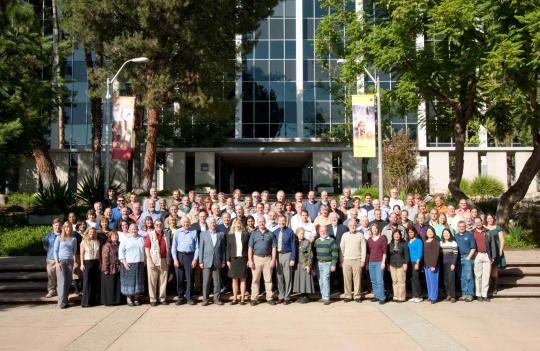
Even beyond that, the science data will continue to be worked on for decades, possibly more, depending on the research grants that are acquired.
Other team members, some who have spent most of their career working on the Cassini mission, will use this as an opportunity to retire.
Future Missions
In revealing that Enceladus has essentially all the ingredients needed for life, the mission energized a pivot to the exploration of “ocean worlds” that has been sweeping planetary science over the past couple of decades.

Jupiter’s moon Europa has been a prime target for future exploration, and many lessons during Cassini’s mission are being applied in planning our Europa Clipper mission, planned for launch in the 2020s.
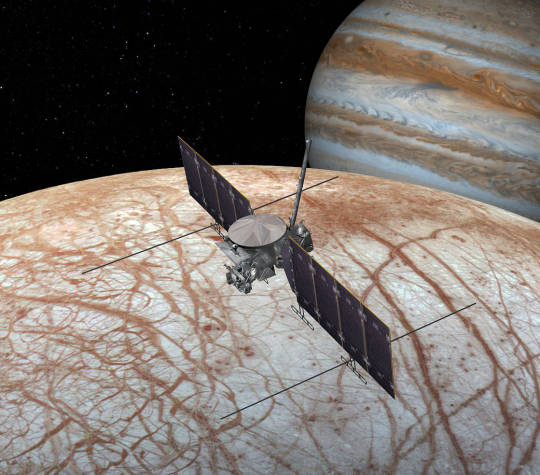
The mission will orbit the giant planet, Jupiter, using gravitational assists from large moons to maneuver the spacecraft into repeated close encounters, much as Cassini has used the gravity of Titan to continually shape the spacecraft’s course.
In addition, many engineers and scientists from Cassini are serving on the new Europa Clipper mission and helping to shape its science investigations. For example, several members of the Cassini Ion and Neutral Mass Spectrometer team are developing an extremely sensitive, next-generation version of their instrument for flight on Europa Clipper. What Cassini has learned about flying through the plume of material spraying from Enceladus will be invaluable to Europa Clipper, should plume activity be confirmed on Europa.

In the decades following Cassini, scientists hope to return to the Saturn system to follow up on the mission’s many discoveries. Mission concepts under consideration include robotic explorers to drift on the methane seas of Titan and fly through the Enceladus plume to collect and analyze samples for signs of biology.

Atmospheric probes to all four of the outer planets have long been a priority for the science community, and the most recent recommendations from a group of planetary scientists shows interest in sending such a mission to Saturn. By directly sampling Saturn’s upper atmosphere during its last orbits and final plunge, Cassini is laying the groundwork for an potential Saturn atmospheric probe.

A variety of potential mission concepts are discussed in a recently completed study — including orbiters, flybys and probes that would dive into Uranus’ atmosphere to study its composition. Future missions to the ice giants might explore those worlds using an approach similar to Cassini’s mission.
Learn more about the Cassini mission and its Grand Finale HERE.
Follow the mission on Facebook and Twitter for the latest updates.
Make sure to follow us on Tumblr for your regular dose of space: http://nasa.tumblr.com.
5K notes
·
View notes
Photo

What the hell people? Stop hacking at spectacular living things.
How Thousand-Year-Old Trees Became the New Ivory
Global timber theft has grown into a “rapidly escalating environmental crime wave” according to a 2012 report by the United Nations Environmental Program (UNEP) and Interpol, titled Green Carbon, Black Trade. The report estimates that somewhere between 15 to 30 per cent of the global timber trade is conducted through the black market and linked to organized crime outfits that wouldn’t balk at trading weapons or humans. Now with armed “timber cartels” as part of their operation, these groups have identified profit in the immense value of ancient nature.
Every summer, Interpol and the UNEP hold a conference in Nairobi where they convene over issues in international poaching and black market trade. In the past couple of years, the conference has been focused on elephant poaching and timber theft. Wood, says the UNEP, is the new ivory: a natural resource valued for its scarcity and beauty, which takes decades to grow but just moments to destroy.
“Our parks are comparable to cathedrals or castles in Europe,” says Coste. “But they are not protected. There is no security.”
Wildlife biologist Terry Hines stands next to a scar where poachers hacked a large burl from an old growth redwood tree in the Redwood National and State Parks near Klamath, CA, in 2013. (National Parks Service / Redwood National and State Parks / Laura Denn)
519 notes
·
View notes
Link
Guys, this is not a drill. Antarctic scientists need you to study photos of penguins to help them figure out how climate change is affecting these stumpy little flightless birds.
Scientists from the UK have installed a series of 75 cameras near penguin territories in Antarctica and its surrounding islands to figure out what’s happening with local populations. But with each of those cameras taking hourly photos, they simply can’t get through all the adorable images without your help.
“We can’t do this work on our own,” lead researcher Tom Hart from the University of Oxford told the BBC, “and every penguin that people click on and count on the website - that’s all information that tells us what’s happening at each nest, and what’s happening over time.”
The citizen science project is pretty simple - known as PenguinWatch 2.0, all you need to do is log on, look at photos, and identify adult penguins, chicks, and eggs in each image. Each photo requires just a few clicks to identify, and you can chat about your results in the website’s ‘Discuss’ page with other volunteers.
Continue Reading.
32K notes
·
View notes
Text
May your science be fruitful and your data clear and good.
5K notes
·
View notes
